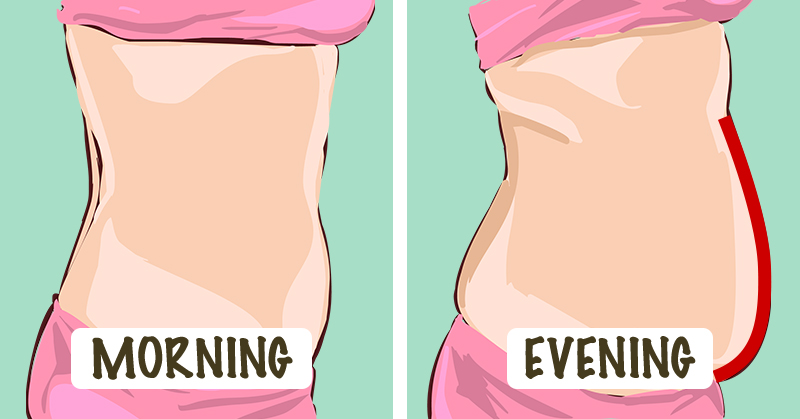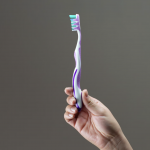At any given time of year, you can easily find magazines with articles on getting a flat stomach, six-pack abs, or toned midsection. However, despite your efforts to eat right and exercise, achieving a lean midsection may still feel elusive. This is because not all belly fat is solely a result of poor diet or lack of physical activity. Understanding the different types of belly fat and their causes is crucial in your journey towards a slimmer midsection.
Our body stores fat in various ways influenced by factors like hormones and overall body fat percentage. It’s essential to grasp the different fat types and their distribution to effectively address belly fat. Subcutaneous fat, positioned right under the skin, serves essential protective and insulating functions. Yet an excess of subcutaneous fat can lead to health issues like heart disease and diabetes. The distribution of this fat is largely determined by genetics and hormonal fluctuations, particularly noticeable in women throughout different life stages.
On the other hand, visceral fat, found around internal organs, poses greater health risks and can lead to severe conditions like diabetes and heart disease. Proper diet and exercise are the primary ways to combat visceral fat accumulation.
To achieve a flatter tummy, focus on maintaining a balanced diet, adopting an exercise regimen that suits you, and ensuring adequate sleep. Spot reducing belly fat through targeted products or workouts is a myth. Instead, work on overall body fat reduction by following a healthy lifestyle routine. However, if despite your efforts, you still struggle to achieve a flat tummy, it could be a symptom of an underlying health issue.
Keep in mind that bloating can masquerade as belly fat, causing discomfort and hindering your efforts. Various causes of bloating include hormonal fluctuations, digestive issues, fluid retention, dehydration, constipation, SIBO, bowel obstruction, and even cancer. Understanding the root cause of bloating is crucial in managing it effectively.
Lower belly “pooch” is common in women and can be natural. However, if you notice drastic changes or experience additional symptoms, it could signal a more serious issue like uterine fibroids. Postpartum tummy is also normal as childbirth changes your body. While it’s acceptable to have some post-baby belly, focusing on a healthy diet and exercise routine can help you regain your pre-pregnancy shape.
Overall, consistency in maintaining a healthy lifestyle is key to reducing belly fat and achieving a leaner midsection. If you suspect underlying health issues, consult with your healthcare provider for appropriate guidance and treatment.






